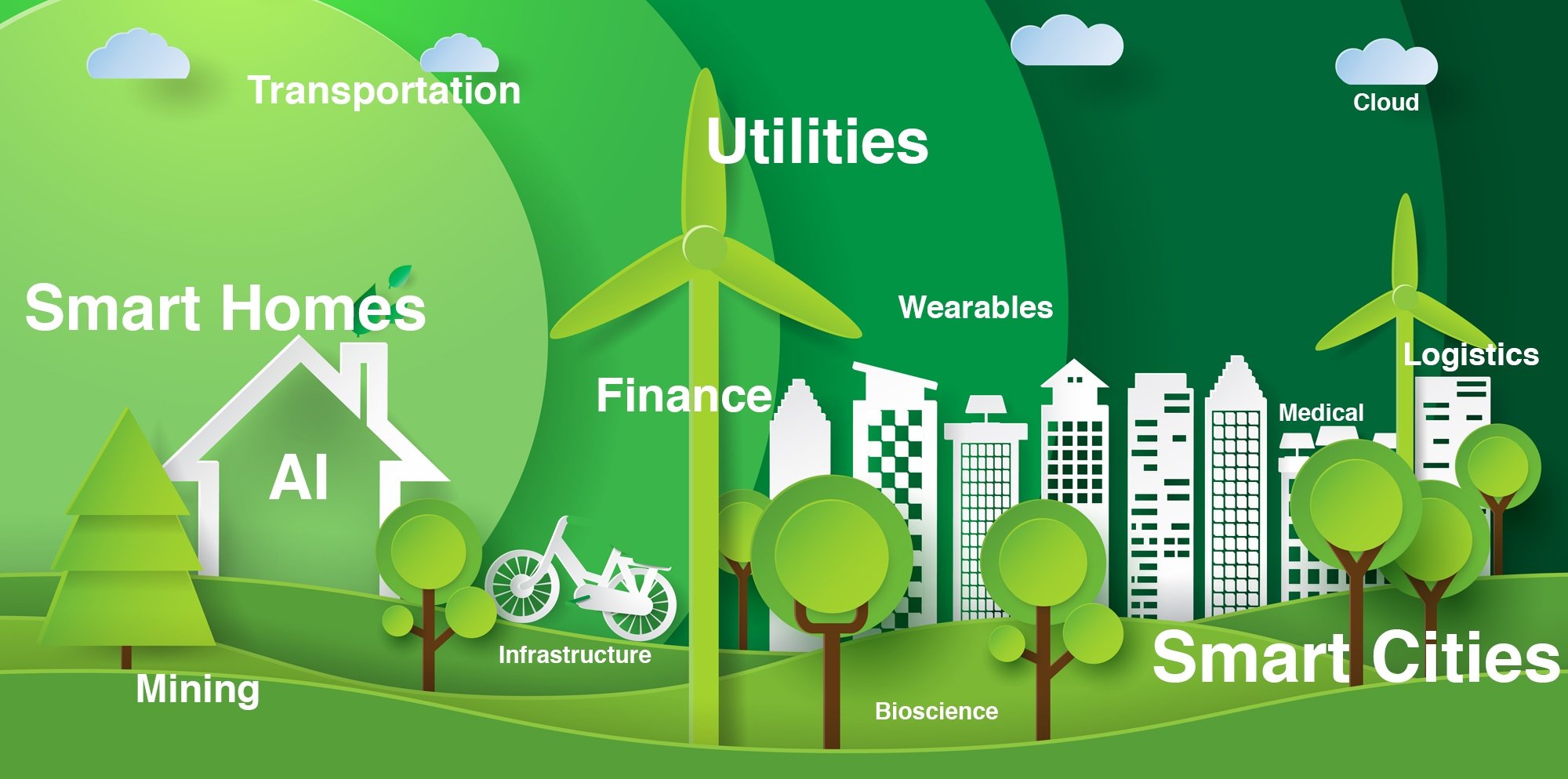Welcome to the IoT Technosphere
Welcome to the IoT Technosphere
- Last Updated: December 2, 2024
David Dewhirst
- Last Updated: December 2, 2024



The IoT Ecosystem
The "IoT ecosystem" is an apt analogy. Although it was in use as a phrase before his blog post, Bruce Sinclair (the same Bruce Sinclair that presented recently on digital twins) provides some meat to the metaphoric bones of why IoT is an ecosystem in an essay that's a nice entree to, and overview of, IoT at the big-picture level: Like the ecosystems that we're familiar with, IoT has a variety of interrelated entities that form a system -- some entities produce data, some entities consume that data, and so on.
But more and more, the concept of IoT as an ecosystem just isn't enough: It's too large and it's too diverse. We might, for example, reasonably talk about the IoT wearable device ecosystem, or the Industrial IoT ecosystem -- but how do we accurately capture the scope and the scale that is IoT in its entirety?
The IoT Biome -- The IoT Technome?
Should we perhaps be talking about IoT as a biome, rather than an ecosystem? In nature, one simplistic way of thinking of a biome may be as a collection of ecosystems with life that shares common properties across those ecosystems. Thus, although there's a Death Valley ecosystem, and a Gobi ecosystem, and a Saharan ecosystem, etc., we can talk about the desert biome as a whole because life in each of those ecosystems tends to hold many features in common.
Does the same hold true for IoT? Should we be referring to the IoT Biome, or perhaps even better, the IoT Technome?
Maybe. It's certainly fair to say that IoT devices have evolved / are evolving to share certain features in common across their deployments. Connectivity is the obvious, on-the-nose, example, but many devices are also evolving to have edge computing capabilities and many other features in common.
Thus, while we might justifiably think about connected devices as comprising the IoT technome, as a concept it doesn't achieve our goal of finding a phrase that aptly encapsulates IoT as a whole.
The IoT Technosphere
Instead, I agree with the IEEE that we need a concept that more appropriately reflects IoT as being an ecosystem of ecosystems, or a global ecosystem.
What to call such a global ecosystem is not quite as simple as one might think; academic articles have been published on what to call the global ecosystem in attemtps to help standardize the terminology. My personal preference is to speak of the global ecosphere as being the ecosystem of ecosystems that we're after, since it reflects the environment, the inhabitants of that environment, and their interactions with it all at once.
From there, it's a short and obvious leap to arrive at the phrase "IoT technosphere" to signify everything for which we have been using the term "ecosystem."
I'm nowhere near being the first person to coin "technosphere" -- it's been used elsewhere to signify all man-made things on Earth, for example. Nor do I foresee "IoT technosphere" necessarily supplanting "IoT ecosystem" in the popular consciousness when it's such a buzzword -- and in "The Three Phrases of Pitch Indifference" I've even argued that using IoT buzzwords can sometimes be the right thing to do.
That said, my mission here isn't to change the world -- it's to change the way that people think about IoT as a whole. The IoT technosphere (see what I did there?) is too big, and there are too many disparate yet interrelated parts, for any one player to go it alone. Instead, think of IoT as an ecosystem of ecosystems.
Welcome to the IoT technosphere.

The Most Comprehensive IoT Newsletter for Enterprises
Showcasing the highest-quality content, resources, news, and insights from the world of the Internet of Things. Subscribe to remain informed and up-to-date.
New Podcast Episode

How Drones and Telecom Enable Aerial IoT
Related Articles


